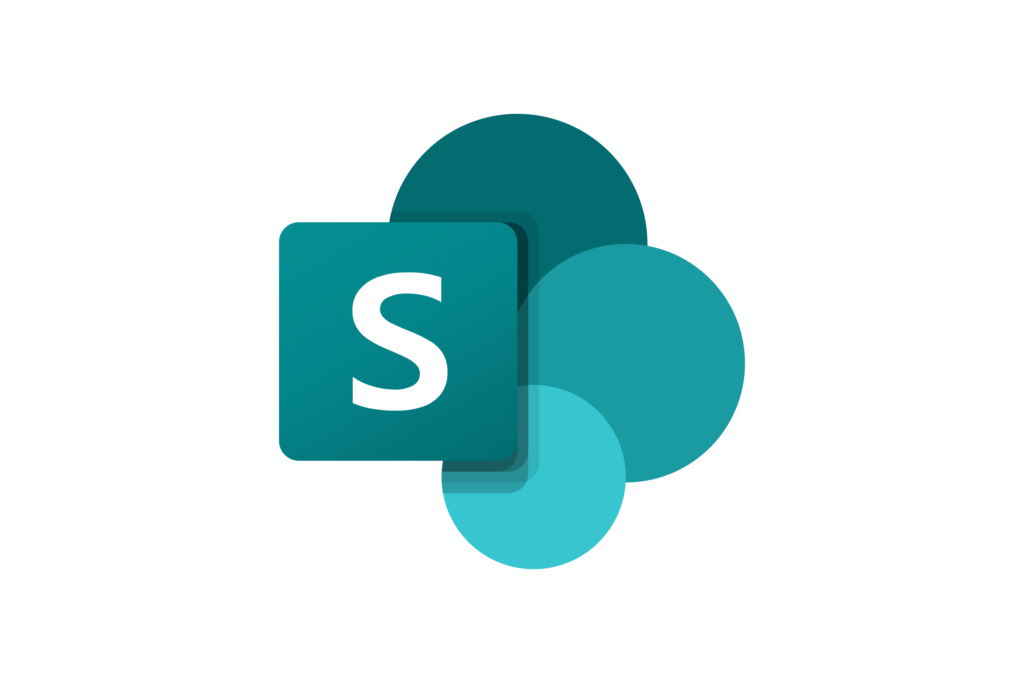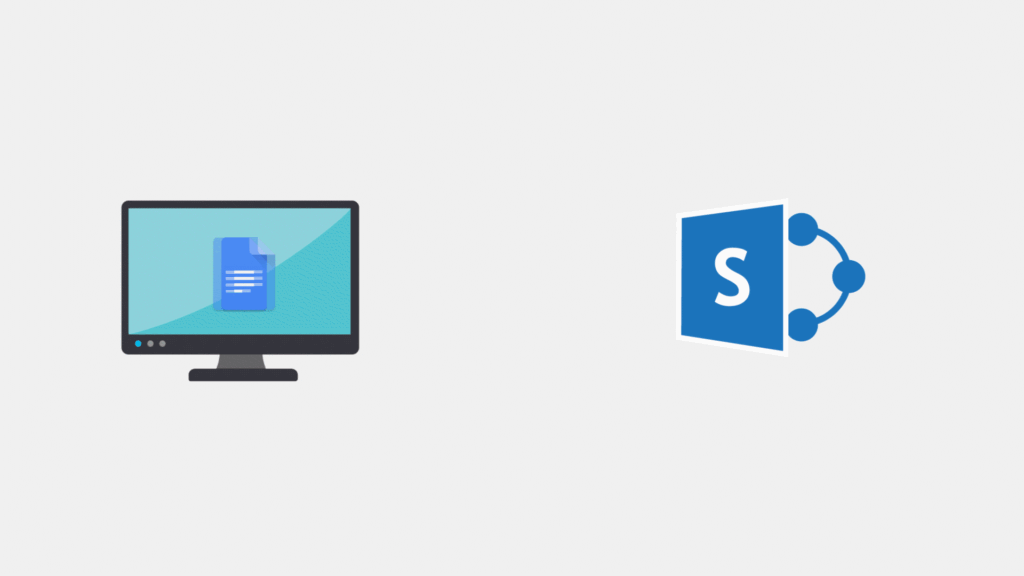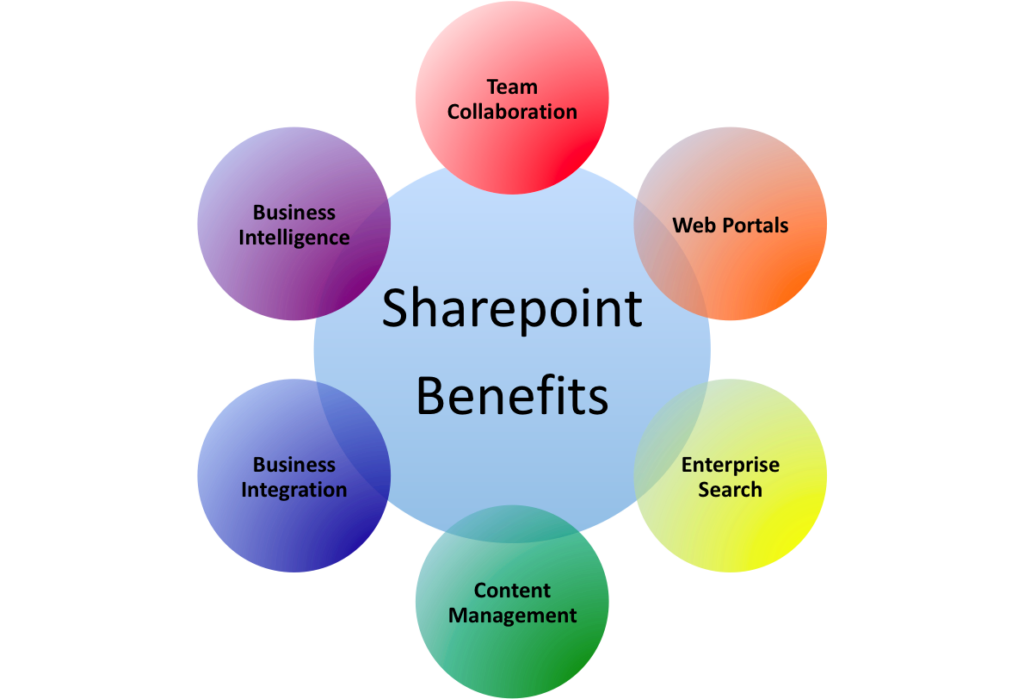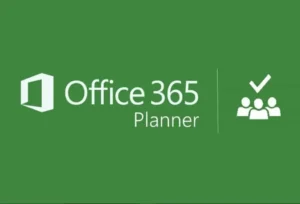Table of Contents

Introduction
SharePoint Security is a widely used platform for collaboration and information management. As organizations rely more on SharePoint to store and share sensitive information, it’s crucial to ensure that their data is secure. In this guide, we’ll provide best practices and key features for enhancing security in SharePoint.
What is SharePoint Security?
SharePoint security refers to the measures taken to protect sensitive information stored in SharePoint from unauthorized access. This includes protecting data from both external and internal threats, as well as ensuring that user access to data is properly managed.
SharePoint Security Best Practices

Here are several best practices for enhancing security in SharePoint:
- Use a strong password policy: Require users to use strong passwords that are difficult to guess or crack.
- Enable multi-factor authentication: Require users to provide additional authentication information, such as a code sent to their phone, in addition to their password.
- Regularly update software: Regularly update SharePoint and other software used in conjunction with SharePoint to ensure that security vulnerabilities are patched.
- Monitor access logs: Regularly monitor access logs to detect any unauthorized access to data.
- Train users on security best practices: Provide training to users on how to properly handle sensitive information and follow best practices for security.
SharePoint Security Key Features
SharePoint security provides several key features for enhancing security, including:
- User Permissions: SharePoint allows you to control user access to data by assigning different levels of permissions to different users.
- Encryption: SharePoint can encrypt data in transit and at rest, ensuring that it is protected even if intercepted by an unauthorized user.
- Data Loss Prevention: SharePoint provides data loss prevention (DLP) features to help prevent sensitive information from being accidentally shared or disclosed.
- Compliance: SharePoint supports compliance with various security and privacy regulations, including HIPAA, GDPR, and others.
Step 1: Understanding SharePoint User Permissions One of the key features of SharePoint security is user permissions. SharePoint allows you to control user access to data by assigning different levels of permissions to different users. This can include read-only access, or the ability to modify data.
Step 2: Enabling Encryption Encryption is another key feature of SharePoint security. SharePoint can encrypt data in transit and at rest, ensuring that it is protected even if intercepted by an unauthorized user. Encryption should be enabled for all sensitive data stored in SharePoint.
Step 3: Using Data Loss Prevention Features SharePoint provides data loss prevention (DLP) features to help prevent sensitive information from being accidentally shared or disclosed. For example, SharePoint can be configured to detect sensitive information, such as social security numbers, and block its sharing.
Step 4: Ensuring Compliance SharePoint supports compliance with various security and privacy regulations, including HIPAA, GDPR, and others. Organizations should ensure that their SharePoint environment is configured to meet any applicable regulations.
Benefits

The Benefits of Using SharePoint Lists for Businesses
SharePoint lists are a powerful and versatile tool that can help businesses to manage and organize information in a centralized and efficient manner. With SharePoint lists, businesses can store, manage, and share information with ease, improving collaboration and productivity across the organization.
Here are just a few of the many benefits that SharePoint lists can bring to businesses:
- Centralized Information Management: SharePoint lists provide a centralized repository for information, making it easy to manage and access data from a single location. This can improve data accuracy and reduce the risk of information silos, helping to ensure that everyone in the organization has access to the information they need.
- Improved Collaboration: SharePoint lists make it easy to collaborate on projects and initiatives, as multiple users can access and edit data in real-time. This can improve team communication, reduce the risk of duplication of effort, and increase productivity across the organization.
- Increased Productivity: SharePoint lists can streamline information management processes, reducing the time and effort required to manage and access data. This can help to improve the efficiency of business operations and increase productivity, freeing up time for more important tasks.
- Better Data Tracking and Reporting: SharePoint lists provide robust data tracking and reporting capabilities, making it easy to monitor the status of projects and initiatives, track progress, and identify areas for improvement. This can help businesses to make data-driven decisions, improving overall performance and outcomes.
- Customizable and Scalable: SharePoint lists are highly customizable and scalable, making it easy to configure and manage data in a way that meets the specific needs of your business. Whether you’re managing a small team or a large organization, SharePoint lists can be tailored to meet your specific requirements.
- Integration with Other Microsoft Tools: SharePoint lists are integrated with other Microsoft tools, such as Microsoft Excel and Microsoft PowerApps, making it easy to manage data in a way that meets your specific needs. This can improve data management processes and increase efficiency across the organization.
Conclusion
SharePoint lists are a powerful tool for businesses of all sizes, providing a flexible and customizable platform for managing and organizing data. Whether you’re looking to store and manage customer information, track employee data, or organize and manage project information, SharePoint lists have the tools and features you need to get the job done.
From simple lists to complex workflows and custom solutions, SharePoint lists offer a range of benefits that can help businesses of all sizes to streamline their operations, improve productivity, and better manage their data. With features like custom columns, views, and forms, businesses can create custom lists that meet their specific needs and requirements, making it easier to manage and access their data.
At the same time, SharePoint lists provide robust security features that help businesses protect their sensitive information and ensure that it remains secure. With data encryption, access controls, auditing and reporting, user authentication, and compliance, SharePoint lists offer businesses a secure and reliable platform for storing and sharing their data.
In conclusion, SharePoint lists offer a range of powerful benefits that can help businesses to manage and organize their data in a flexible and customizable way. Whether you’re just starting out with SharePoint or are looking to improve your existing data management processes, SharePoint lists are the right solution for your business. So why not explore the power of SharePoint lists today and see how they can help your business succeed!
SharePoint Security Techniques
SharePoint is a powerful and versatile platform for managing and organizing data, providing businesses with a flexible and customizable platform for storing and sharing information. However, with the increasing importance of data security, it’s crucial that businesses understand how to protect their data in SharePoint.
In this blog, we’ll explore some of the best practices and techniques for ensuring the security of your data in SharePoint, helping you to keep your sensitive information safe and secure.
- User Authentication: SharePoint provides robust user authentication features, allowing you to control who can access your data and who can make changes to it. By using user authentication, you can ensure that only authorized users have access to your data, helping you to keep your information secure.
- Access Controls: SharePoint provides fine-grained access controls, allowing you to control who can access your data and who can make changes to it. By using access controls, you can ensure that your data is only accessible by authorized users, helping you to keep your information secure.
- Data Encryption: SharePoint supports data encryption, allowing you to encrypt your sensitive information and keep it secure. By using data encryption, you can help to protect your data from unauthorized access and ensure that your sensitive information remains confidential.
- Auditing and Reporting: SharePoint provides robust auditing and reporting features, allowing you to track and monitor the activities of your users. By using auditing and reporting, you can keep track of who is accessing your data, when they are accessing it, and what changes they are making, helping you to identify potential security risks and address them in a timely manner.
- Compliance: SharePoint supports a range of compliance standards, including HIPAA, FERPA, and others. By using SharePoint’s compliance features, you can ensure that your data is stored and managed in accordance with industry and regulatory standards, helping you to maintain the privacy and security of your information.
Conclusion
In conclusion, SharePoint security is a critical aspect of using this powerful platform for managing and organizing data. By understanding the best practices and techniques for securing your data in SharePoint, businesses can ensure that their sensitive information remains protected from unauthorized access and breaches. Whether you’re looking to implement user authentication, access controls, data encryption, auditing and reporting, or compliance standards, SharePoint provides a range of powerful security features to meet your needs.
In today’s increasingly connected world, data security has never been more important. With cyber threats and data breaches on the rise, it’s crucial that businesses take the necessary steps to protect their sensitive information. By leveraging the security features of SharePoint, businesses can ensure that their data remains secure, helping to reduce the risk of unauthorized access, data breaches, and other security threats.
So if you’re looking to enhance the security of your data in SharePoint, start by exploring the many benefits of SharePoint security and see how you can take advantage of these powerful features to keep your information safe and secure. Whether you’re a small business or a large enterprise, SharePoint security has the tools and resources you need to protect your sensitive information and keep your data secure.


